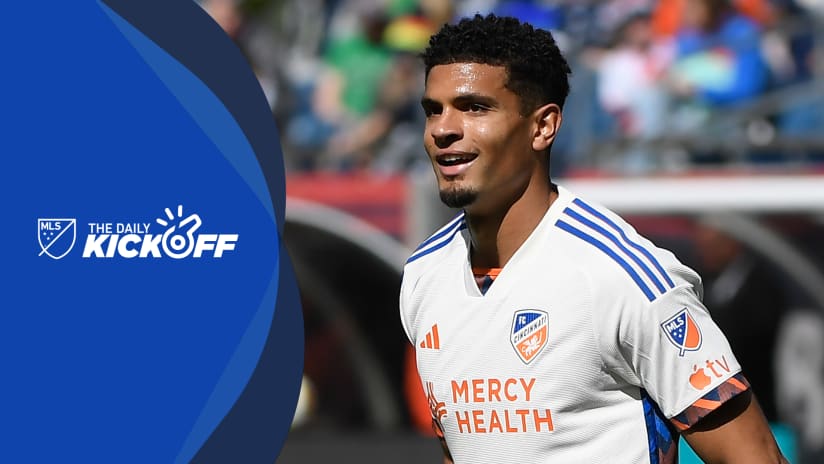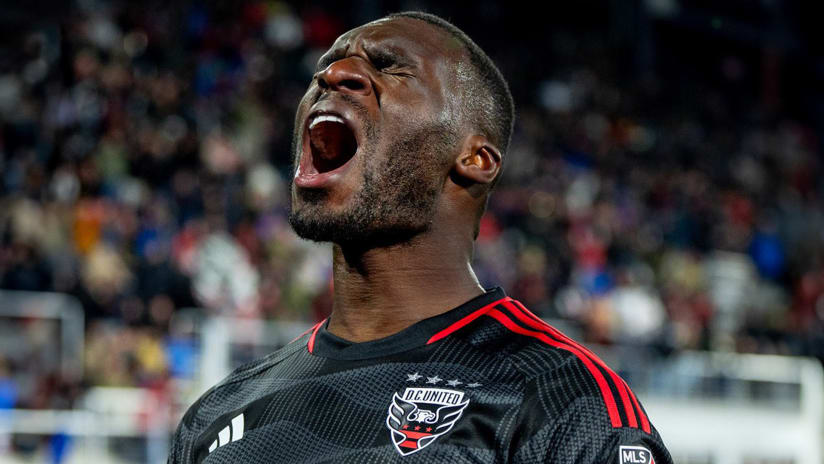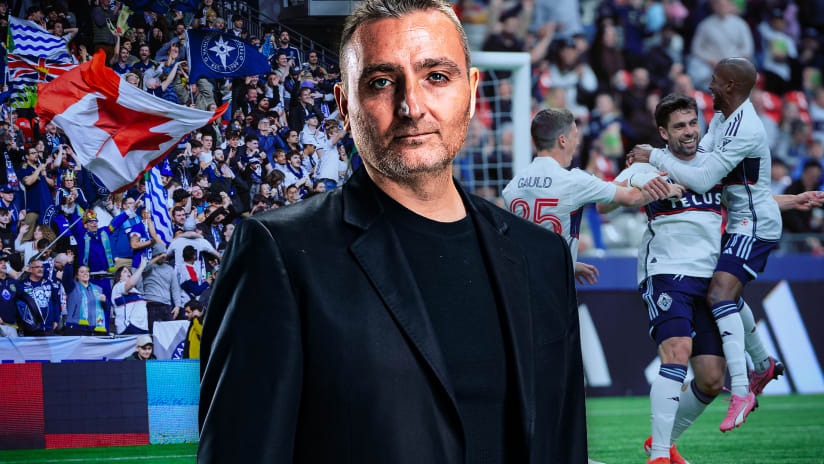Jun. 2004 Rehab Review
|
Jul. 2004 Rehab Review
|
Aug. 2004 Rehab Review
Sep. 2004 Rehab Review
|
Nov. 2004 Rehab Review
|
Jan. 2005 Rehab Review
Feb. 2005 Rehab Review
|
March 2005 Rehab Review
|
April 2005 Rehab Review
April 2006 Rehab Review
|
May 2006 Rehab Review
|
July 2006 Rehab Review
Sports medicine physicians have seen a surge of ACL injuries in athletes, especially among female athletes, in recent years. Female soccer players, followed by basketball and volleyball players, are the most prone to this type of injury. And, after a female athlete tears her ACL, studies show that the risk she will injure the opposite knee increases dramatically.
ACL injuries are often non-contact, meaning that the ligament tears without a collision or fall and most frequently occurs when cutting or landing from a jump. The athlete will usually feel his or her knee buckle or give way, hear a pop and fall to the ground. Rapid swelling and a "wobbly" feeling often occur after the injury.
Though reconstructive surgery has advanced to allow more than 95 percent of athletes to return to competitive play after ACL reconstruction, the main goal is to proactively prevent this serious injury from ever occurring. ACL injury prevention programs are helping athletes nationwide.
ACL injury prevention programs involve controlling strength and technical errors in running, cutting and landing motions. Research is now conclusive that training in these areas may decrease the risk of ACL injury by more than 50 percent. Training programs focus on cutting and jumping with a bent knee and gaining better control over the knee when the player is off balance.
An orthopedic sports medicine specialist can conduct a simple screening test to identify athletes who have poor landing and cutting mechanics and teach them the proper techniques. Receiving a more specific muscular evaluation, similar to what we provide to the Columbus Crew players, offers even more preventive suggestions.
While athletes of any age and gender can benefit from these prevention programs, female athletes across the country are experiencing remarkable results-significantly increasing their strength and improving their overall performance, and reducing the chance of an ACL injury.
If you experience an ACL injury, you should:
- Seek immediate care from an orthopedic sports medicine specialist./li>
- Follow their instructions and rehabilitation programs after surgery for a likely return to athletic activities. /li>
- But, better yet-begin taking preventive measures now to protect yourself against an ACL injury and save yourself a visit to an orthopedic surgeon.
Peter H. Edwards, Jr., M.D. is an orthopedic sports medicine specialist at the Ohio Orthopedic Center of Excellence in Columbus, Ohio. He specializes in lower extremity sports medicine with an emphasis on soccer injuries.










